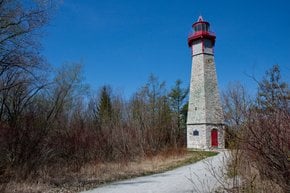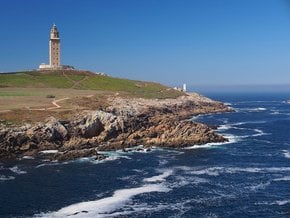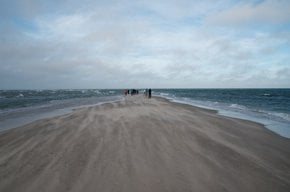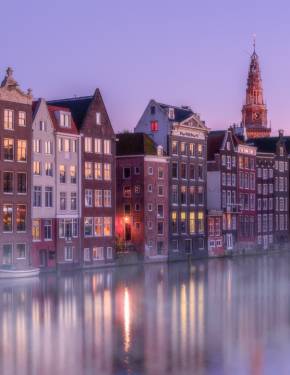Rubjerg Knude Lighthouse in Denmark 2026
The sand of time is especially merciless to this lighthouse
Best time: April–October
The Rubjerg Knude lighthouse had been a guidepost for sailors between 1900 when it was constructed and 1968 when it became obvious that its days were counted. The history of this building that may seem ordinary is in fact very interesting.
It was built at a safe distance from the seashore at first but back then not the sea was the problem. It was the wind that made the lighthouse unfunctional. Year after year it moved Europe's largest migrating sand dune and buried the lighthouse. It became impossible for the seafarers to hear its foghorn. It was decided to close the lighthouse.
Later, in 1980 it was reopened as the Sand Drift Museum that existed for 20 years but was completely abandoned in 2002. The struggle ended, Mother Nature has won. The sand and the wind were no longer the only problems for the lighthouse. The buffer zone between the building and the sea that due to coastal erosion decreased from 200 to 30 metres. So one day the Rubjerg Knude lighthouse will be swallowed by the North Sea.
Even though its time is limited and no one knows how much of it has left (experts say, 15 years), the lighthouse got the chance of a final fling. With the help of Jaja Architects and Bessards’ Studio, it was turned into a giant kaleidoscope. A prismatic structure that replaced the lighthouse's lantern is turned by the wind, creating a beautiful natural light show.
The winter days are too windy and short, so we recommend April–October as a general time to visit the Lighthouse.































